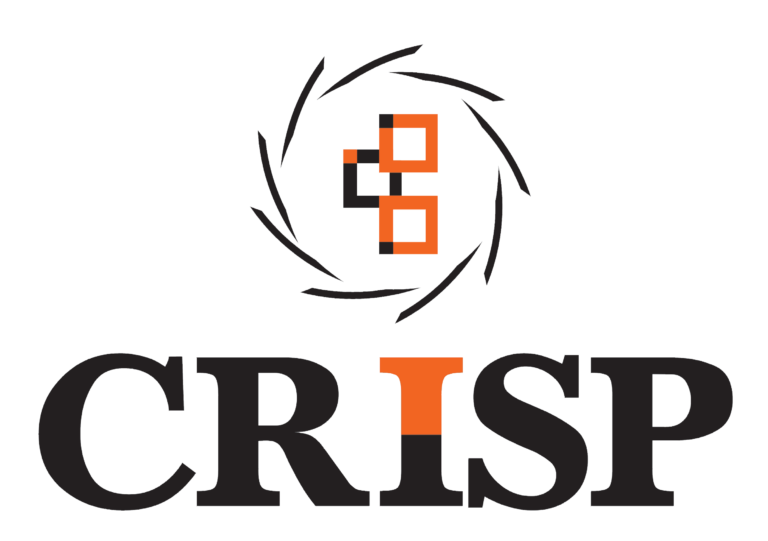
This study undertaken in collaboration with the Glasgow Caledonian University was commissioned by the MEAS (Modernizing Extension and Advisory Services) Programme. This study was based on a meta-comparison of existing extension engagement methods and its evidence of impact on women.
Five case studies were conducted in India to provide evidence of some of the extension approaches identified, specifically to determine what is working, why, and what the limitations are to scaling up. The case studies focused on use of ICTs, social mobilization, use of para-extension workers, and group approaches. What is working for rural women are approaches that consider demand driven bottom-up planning, wider linkages and support structures, long-term commitments for capacity development, trust, recognizing women’s roles, and providing women with ownership and responsibilities. Despite these successes, there is evidence that suggests there remains a need for ensuring that utilized approaches have an understanding of the local context/environment, and are not target-based, but based on needs and are supply-driven. This is the only way to ensure that women are not seen as just recipients or beneficiaries of programs but rather as an integral part of a process of change and reform.
This study undertaken in collaboration with the Glasgow Caledonian University was commissioned by the MEAS (Modernizing Extension and Advisory Services) Programme. This study was based on a meta-comparison of existing extension engagement methods and its evidence of impact on women.
Five case studies were conducted in India to provide evidence of some of the extension approaches identified, specifically to determine what is working, why, and what the limitations are to scaling up. The case studies focused on use of ICTs, social mobilization, use of para-extension workers, and group approaches. What is working for rural women are approaches that consider demand driven bottom-up planning, wider linkages and support structures, long-term commitments for capacity development, trust, recognizing women’s roles, and providing women with ownership and responsibilities. Despite these successes, there is evidence that suggests there remains a need for ensuring that utilized approaches have an understanding of the local context/environment, and are not target-based, but based on needs and are supply-driven. This is the only way to ensure that women are not seen as just recipients or beneficiaries of programs but rather as an integral part of a process of change and reform.
In Bangladesh case studies were conducted on five approaches to reaching rural women. These are: creating a social infrastructure (e.g., union federations), value chain development, SHGs (e.g., for thrift and credit), ICTs, and women extension workers. The creation of strong social organizations is central to reaching rural women, e.g., through the formation of union federations and using groups approaches like FFS for training and building entrepreneurial skills. This approach seems to have a degree of flexibility and is participatory. There is also evidence to suggest that ICTs have the potential to reach rural women. The case studies highlight that reaching rural women effectively requires long-term presence, commitment in terms of human and financial resources, and the engagement of a number of stakeholders. The case studies also show that much of the initiatives being implemented via these approaches heavily depend on the resources and ability of women farmers to adapt.
